Since I began documenting Drouyn drums, I have received many emails from people wanting information on their drums, past and present. Most of these emails have been regarding the manufacturing date of their Drouyn drum.
Here’s the short answer to that question. I don’t really know. I’ve changed my position on this a few times and I’ll explain why.
The numbers game.
Right back to Dandy, drums made by Drouyn & Drouyn had numbers added to the inside of their shells.
A label like this early Dandy

A stamp with writing added like this later Dandy:
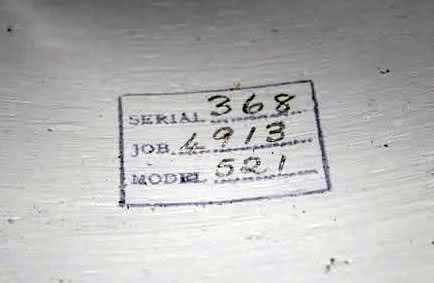
Written in biro like my Drouyn kit:
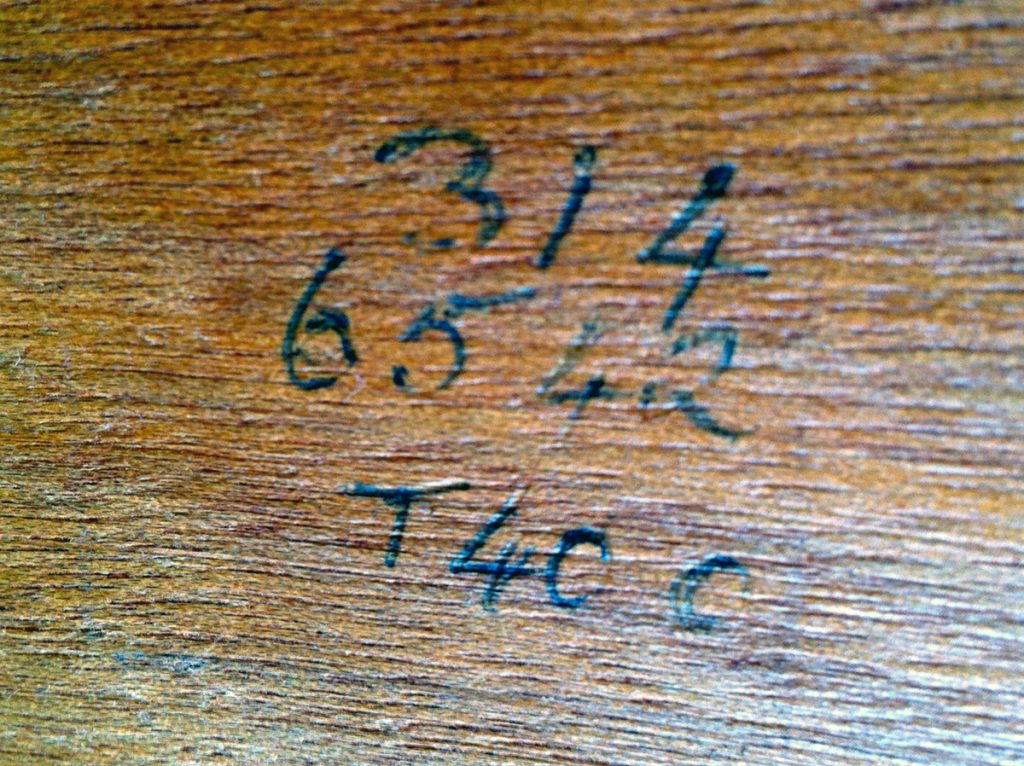
Or even Dymo labels – sort of screams late 70’s to early 80’s Australia.
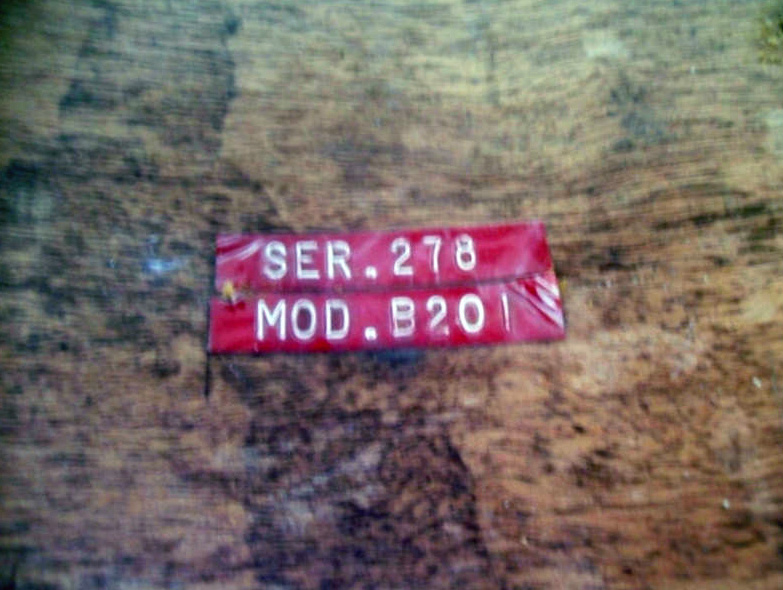
To accurately date anything, you usually need multiple reliable sources. The Drouyn drum kit I bought could be fairly accurately dated. It was sold from Theo’s Music in Perth in 1965. It was new. The Zildjian hi-hats sold with the kit still had a faint price mark, in pounds sterling, written on the bottom cymbal. Australia moved to decimal currency in 1966. The serials inside each drum consisted of three rows of numbers, written in pen. Then I received this image of a Dandy serial from a contributor.
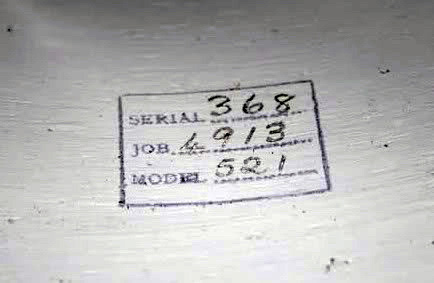

Knowing the date of my kit, the answer at first seemed obvious. The first two digits of the job lot could be the year of manufacture. In the years since, I’ve seen many Dandy and Drouyn serial numbers and they have all looked to be period correct for this theory. But I have also seen many drums which just don’t fit the theory. I know that in the Drouyn factory not all drums were made consecutively and shells were often mixed to make kits. All this is standard for vintage era music manufacturers. What I do find strange is that a small company in Brisbane would have hand written or stamped three sets of numbers into their drum shells for over 30 years, without including a date somewhere in those numbers.
I was reasonable comfortable about this theory until good friend Dave Egan sent me some pictures of a Dandy kit he purchased. These drums look to be from the 1940’s/50’s. The sad news is that the serial numbers once more don’t correspond to anything meaningful, at this stage.
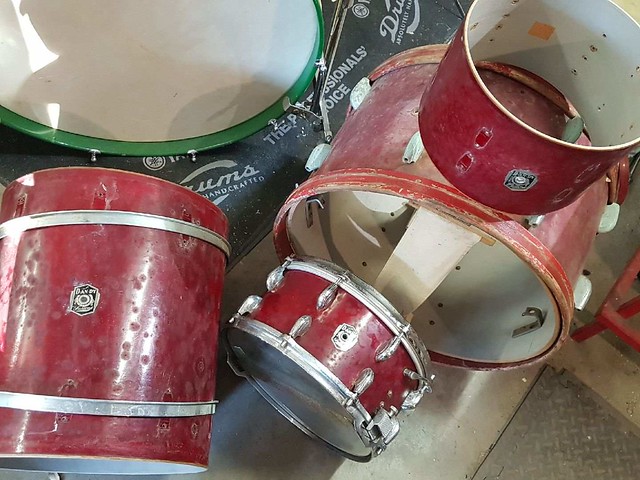

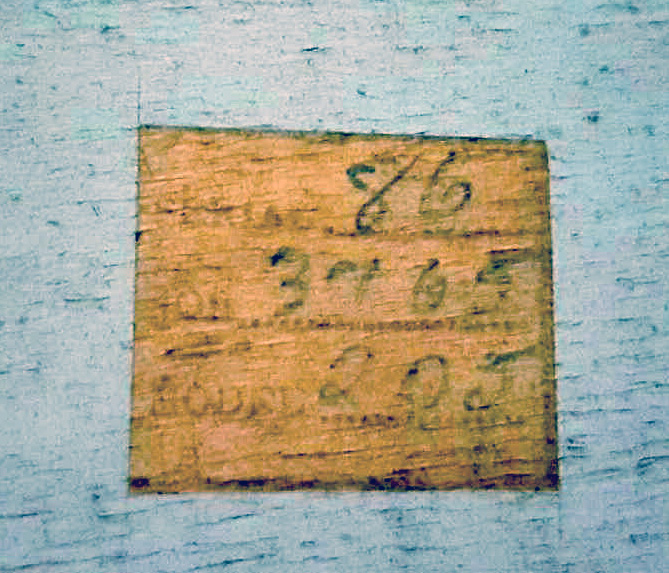
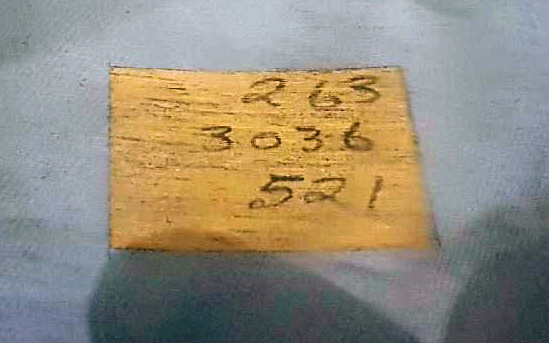
Remember, the numbers stand for:
Serial: 263
Job Lot: 3036
Model Number: 521
So we have a drum set of approximately the same aged shells (snare drum looks a bit newer) and yet the first two numbers of the Job Lot are 37; 33 and 30.
My Drouyn kit from the 60’s has job lots all starting with 64 or 65.
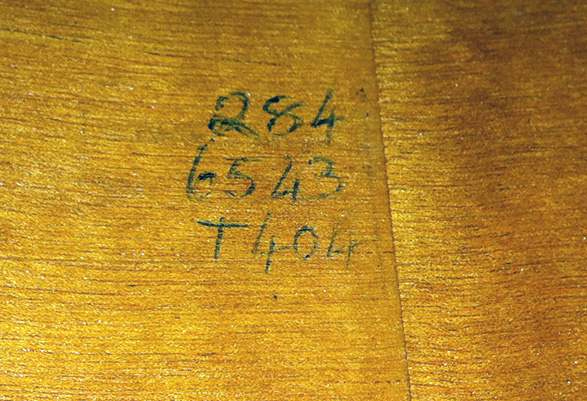
I also own a 22″ converted marching bass drum from the 60’s:
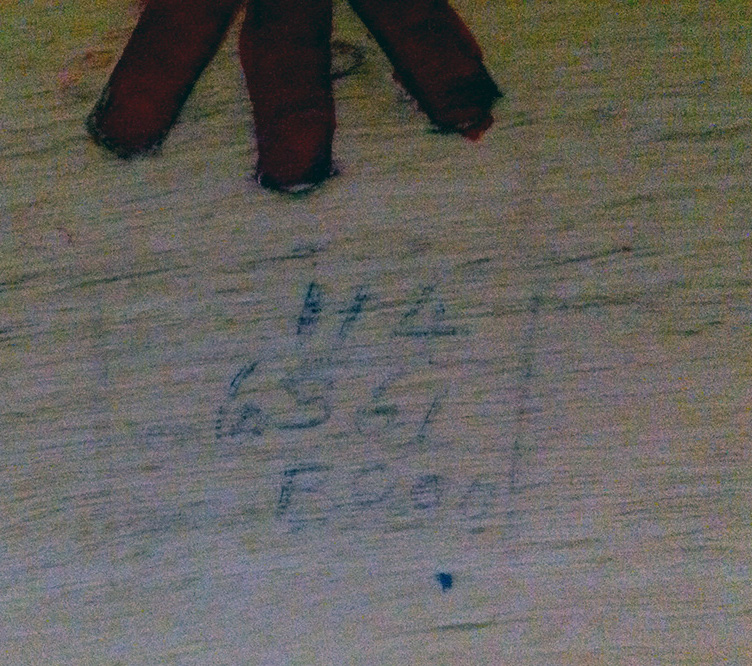
Serial: 114
Job Lot: 6561
Model: B00?
If the Job Lot is just that – and contains no date; there must have been some way for workers to determine what they should write on the shell. We still don’t really know the earliest date of Dandy drum manufacture. The first Drouyn business was repairing instruments and selling reeds, school instruments and giving lessons in 1927. It’s unlikely that Dave’s drums are from the 30’s. But is it impossible?
I have just received some new images from a friend who just found a Drouyn kit, very similar to mine. Same sizes; same bass drum and floor tom hardware. Here’s a serial:
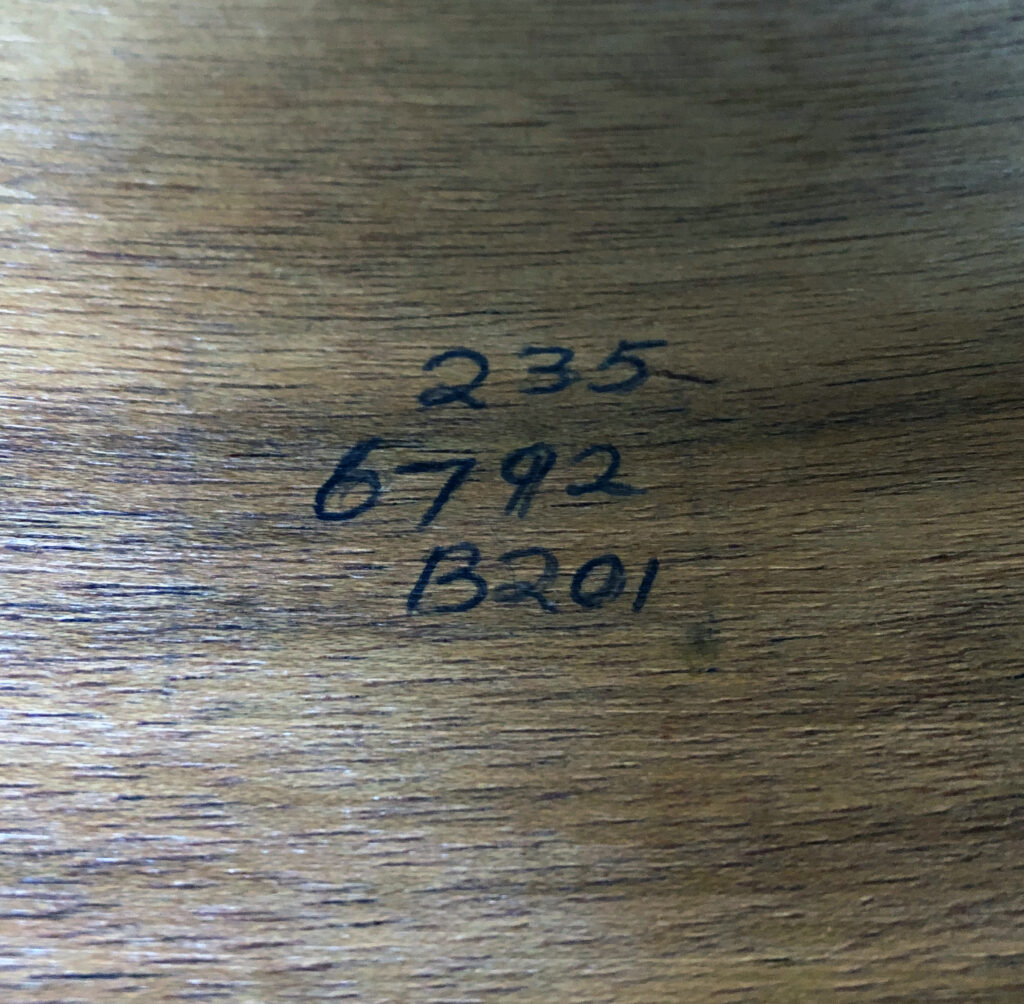
I think this dates the kit at 1967. Mine is 1965. I can’t think of a reason why this is not correct. So at the moment, I’m standing by the dating of Drouyn shells with this method. Dandy; not so sure; but I’m hoping time will tell.
If you have any information; or pictures of drums and serial numbers, please send them.
Previous: Drouyn kit closeup
Next: Catalogues and advertising material.